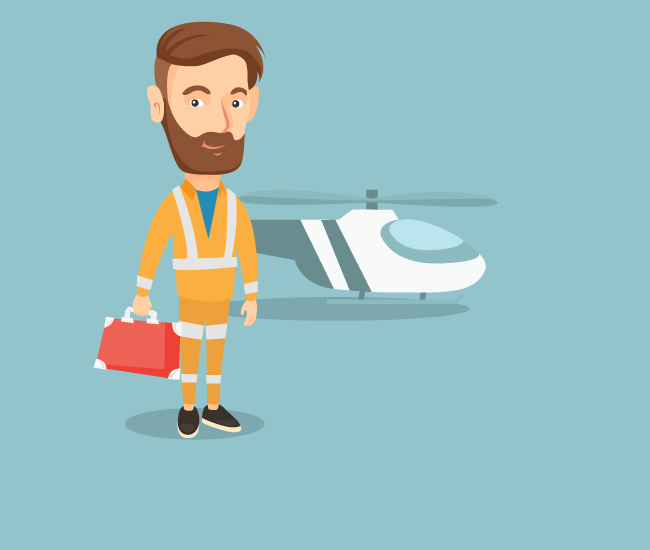This is something that I hadn’t heard about until I found this article. It makes sense, though, as there aren’t many more than a few thousand around worldwide. Firefighters in Sandy, Oregon are convinced, having used the device to save a life, that it’s one of the best purchases the department has made, and it cost them $15,000. But they’re quick to brush that off, as EMT First Responder and volunteer firefighter Jon Turcotte said: “We can’t put a price on the value of a human life. The cost is irrelevant.”
 Nathan Jaqua, an EMT Basic, and student firefighter had this to say of the device: “This has changed the way we work a cardiac arrest incident. We use the same skills, but it changes the entire atmosphere.”
Nathan Jaqua, an EMT Basic, and student firefighter had this to say of the device: “This has changed the way we work a cardiac arrest incident. We use the same skills, but it changes the entire atmosphere.”
The same response is true of the fire department in Estacada, Oregon, who recently bought one of their own.
Belus Schonek, a resident of Sandy, was a heart attack victim who was legally dead for 45 minutes. His heart was not pumping blood and he was not breathing on his own. He was told that the ZOLL AutoPulse non-invasive cardiac support pump is largely responsible for his full recovery. “I am sure the board played a part in my total recovery,” Schonek said. “It’s not like I have problems with my kidneys, pancreas or brain or any other issues that might have resulted from my heart attack. I was able to fully recover, rather than recover with some other ailments.”
The AutoPulse consists of a backboard and a load-distributing LifeBand® that calculates the size, shape, and resistance of a patient’s chest, according to information provided by Diane Egan of ZOLL Medical Corp., maker of the device. It then delivers uninterrupted chest compressions, and is able to move more blood than is possible with human hands – effectively circulating more blood to the heart, brain, and other organs.
You can use an AED while the AutoPulse is doing CPR
There are some differences with the CPR when using the device, as you’re able to use an AED while the device is running, something that is impossible while performing manual chest compressions.
“It keeps chest pressure continuous and closer to therapeutic level,” EMT Intermediate and Sandy volunteer David Silvia said, “which in turn helps us administer the drugs. And there are no interruptions in CPR because you can shock, and give the drugs while it is running.”
Nathan Jaqua adds that the AutoPulse “moves more (oxygenated and medicated) blood more effectively throughout the body than we could manually. It also does less damage to the body (rib cage).”
Basically, the device acts as a substitute heart, pumping blood to many parts of the body, especially vital organs.
Have you used an AutoPulse to save a life?

